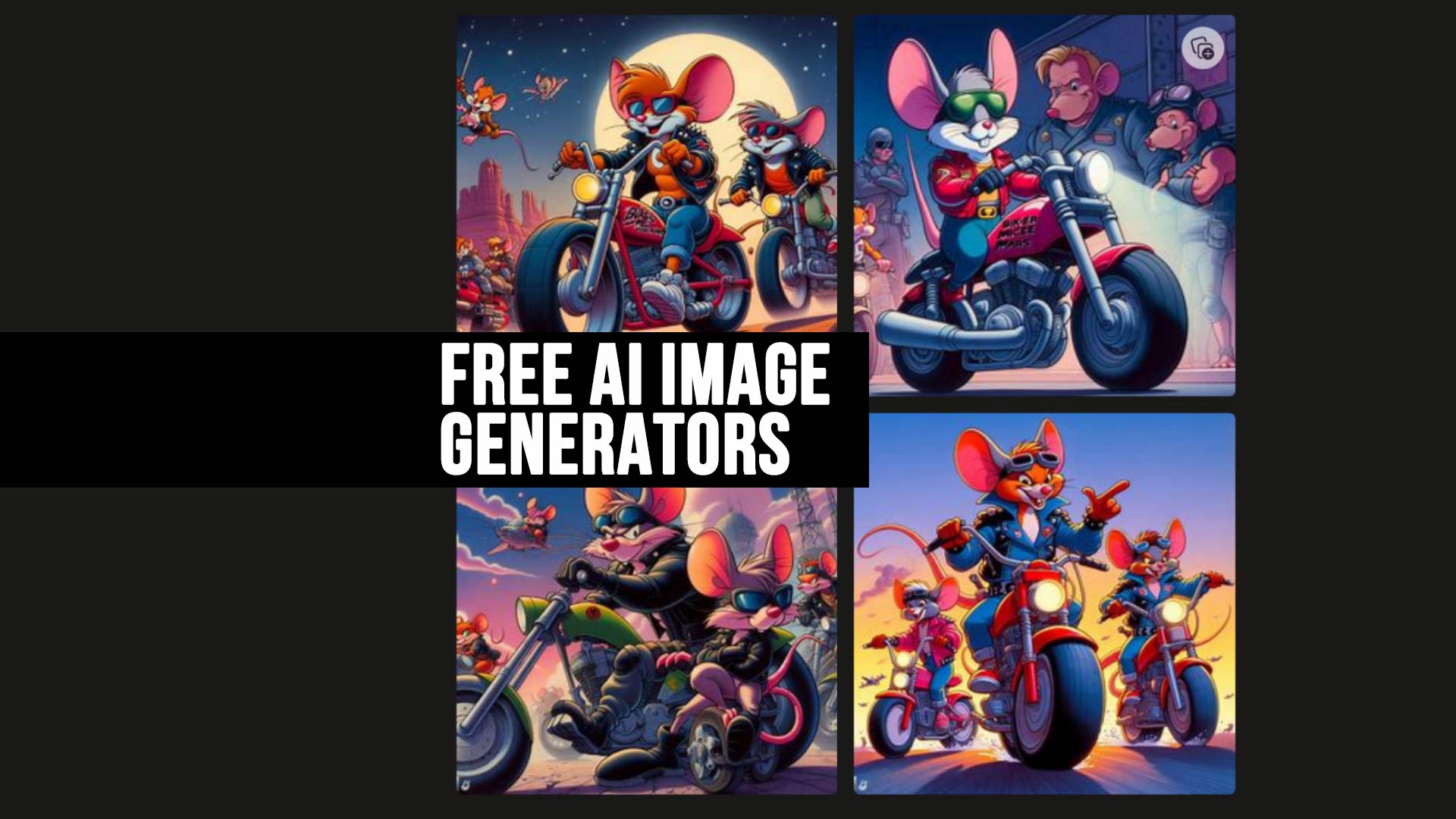
There’s a million reasons you might to try out generative AI art. Maybe you want to make character art for your next D&D campaign. Maybe you’d love to create portraits of your dog flying through space. Maybe your a traditional designer or illustrator who sees Generative AI art is challenging everything we know about art and and want to figure out if you can fold it into the workflows. Maybe you want to enter our “Santa’s Bad Night” AI art contest but don’t have a computer that can run Stable Diffusion. Whatever the reason, I’ll share 9 innovative Generative AI tools for you to explore and experiment with. Okay. Let’s dive into the latent space!
1. Clipdrop
clipdrop.co
Clipdrop from Stability AI (the company behind Stable Diffusion) is actually a suite of tools based on their AI models. You can do everything from generate images in SDXL to outpainting (or as they call it “uncropping”) to upscaling. I loved using Clipdrop in 2022 to try out new features quickly and for free, but it looks like they’ve switched to a mostly paid business model. Still, if you’re willing to spend a few dollars it’s a solid option with a slick interface that makes advanced tools super easy to use.
2. Adobe Express Text to image
express.adobe.com
Adobe Express includes some great Generative Art tools that use the same AI technology you can find in Adobe Photoshop like generative fill and text-to-image. Adobe Express also includes a host of other image tools and templates build for professional designers to use on-the-fly. Free users get 25 generative credits per month to play around with, so play with it for an hour and see if it’s right for you! If you have an Adobe Creative Cloud subscription, you’ll get plenty of credits to play with. You can also just use the features in the software itself.
3. Perchance.org AI Image Generator
Perchance.org
This image generator was suggested to me by Wynn Mercere over in our Everly Heights Discord community. On it’s surface, it seems really great! As far as I can tell, you can generate unlimited images. There are also a couple dropdowns to let you pick a custom art style, image orientation, and even a space for you to add a negative prompt/anti-description (what you don’t want in the image).
4. Tokrt
Tokrt
Tokrt is a pretty straightforward web tool. While it limits free users to 20 images a day and has a pretty steep price point, I loved that it was easy to use. You can also dive deep into the settings and get access to all the knobs and dials you might be used to Stable Diffusion.
5. Bing Image Creator
bing.com
Bing Image Creator leverages Microsoft’s relationship with OpenAI to provide a quick and fun image generator using the latest version of the DALL-E image generator. It’s a dead-simple interface that produces killer image Still, if you’re willing to spend a few dollars it’s a solid option with a slick interface that makes advanced tools super easy to use. Images are free to generate, but generations run slower if you don’t fund “boosts” to prioritize your image generations. You can download the 1024×1024 images to edit/upscale using other tools, or send the picture over to Microsoft Designer to use image filters/add text/etc.
6. Hugging Face Model Cards
Hugging Face
AI model host Hugging Face recently announced the ability to try out models directly from their page on the site. While not every model has a generation box over on the right, many do! Sometimes it can take awhile to generate your image, but it usually does, eventually. If not, refresh the page and try again. This is also a great way to quickly test out a new Stable Diffusion model before pulling it down.
7. Zoo by Replicate
zoo.replicate.dev
I LOVE this tool Zoo from Replicated. You can very quickly test out ideas in multiple models including SDXL, Kandinsky, Deepfloyd, and others. It also has advanced features like Control Nets and x/y grids. It’s super powerful and a quick and easy way to compare the results of different models with each other. As far as I can see, it’s free to use.
8. Dream by Wombo
dream.ai
Wombo Dream was the first AI image generator I ever used. It started as an iPhone app, but now also has a web interface. Unfortunately, somewhere along the way they’ve started charging for more than one image per generation, but they have some great Art Style tools and the ability to feed in your own images as inspiration. It’s also still available as a mobile app.
9. Leonardo.ai
app.leonardo.ai
Leonardo.ai is a really solid Stable Diffusion frontend with plenty of models and advanced features. It is paid, but you get 150 free credits per day, which lets you make about 30 images. Out of all these options, this one feels the most like using AUTOMATIC 1111 or Invoke AI to me. Simple, clean, and quick.
There we go… 9 easy ways to get started with Generative AI art. If you want a good reason to play around, we’re holding a holiday-themed AI art contest this month sponsored by Runpod. Watch the video below to find out how to submit your entry before the deadline.











